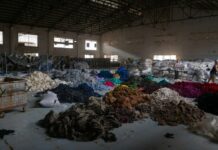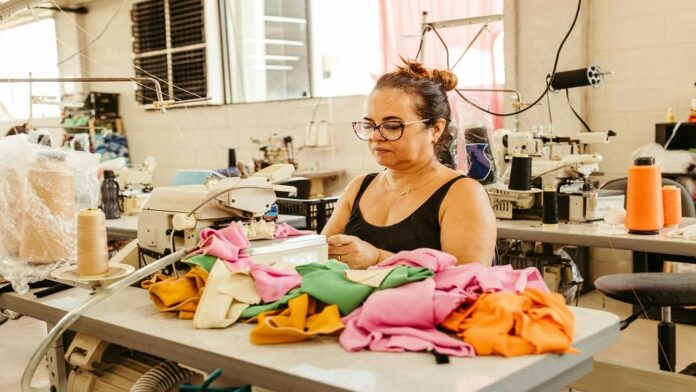As global trade dynamics evolve, the conversation around the feasibility of manufacturing clothing in the United States has gained momentum. Consumers increasingly seek transparency in production processes, prompting brands to consider the implications of “Made in USA.” This shift reflects a growing desire for domestic manufacturing, sustainability, and ethical labor practices.
Traditionally, the clothing industry has relied heavily on an intricate global supply chain. For example, cotton grown in the U.S. may travel across the world to be woven into fabric in countries like China or Bangladesh. The finished products often return to the U.S. for sale, which, while cost-effective, raises concerns about labor conditions, carbon footprints, and quality control. According to a report from the American Apparel & Footwear Association (AAFA), over 97% of clothing sold in the U.S. is imported, underscoring the urgency for a more localized manufacturing approach.
In recent years, several brands have started initiatives aimed at revitalizing American textile manufacturing. This resurgence is driven by various factors, including the impact of tariffs on imports, changing consumer preferences, and a growing awareness of the environmental consequences associated with fast fashion. The COVID-19 pandemic further accelerated this shift, revealing vulnerabilities in global supply chains and prompting brands to reassess their sourcing strategies.
One significant initiative involves harnessing domestically grown cotton. For instance, sustainable farming practices are increasingly prioritized, with brands investing in high-quality fiber harvested from local farms. This approach not only supports American agriculture but also reduces the carbon footprint associated with transportation. After harvesting, the cotton is spun into yarn at local mills, which are crucial for maintaining the production ecosystem.
However, the transition to domestic manufacturing is not without challenges. A report from McKinsey & Company highlights the need for substantial investment in infrastructure, equipment, and skilled labor to rebuild the U.S. textile industry. Many garment factories that once thrived have closed, and revitalizing these facilities requires not just capital but also a commitment to training a new generation of workers.
Brands committed to local production are also exploring natural dyeing techniques and sustainable materials. The use of natural indigo, for example, has gained traction in the denim industry, eliminating the need for harmful synthetic dyes. Companies are collaborating with innovators in the field, such as Stony Creek Colors, which specializes in producing natural dyes at scale, to create eco-friendly products that resonate with consumers.
As this movement towards “Made in USA” grows, consumer awareness plays a pivotal role. A survey conducted by the National Retail Federation found that 70% of shoppers are willing to pay more for products made in the U.S. This willingness underscores a shift in consumer behavior, as individuals increasingly prioritize quality, transparency, and sustainability over price alone.
In conclusion, the revival of “Made in USA” in the textile industry signifies more than just a trend; it represents a fundamental shift in how consumers view fashion and its impact on the world. By embracing local manufacturing, brands can not only enhance their sustainability efforts but also contribute to economic growth and job creation within the U.S. The path forward may be complex, but the demand for domestic production is clear, paving the way for a more sustainable and ethically responsible future in fashion. As the industry continues to evolve, the emphasis on local sourcing and production will undoubtedly reshape the landscape of American textiles for years to come.


































